Author: Marcus. ORIGLIERI Date: 2014-9-6 16:44:23
During Denver 2011, the author soldthree specimens to lucky collectors andkept two specimens for himself, before John Veevaert acquired the remaining 60pieces. (Please note that John has sincedispersed all of these specimens). Duringthat same 2011 Denver show, Paul Pohwatobtained one of the best piecesfrom Dan Weinrich for the Smithsoniancollection.The intrigue started when the authorreturned to the University of Arizonaafter the Denver show. Ramanspectroscopy of the material gave a spectrumsimilar to pectolite and sérandite,and less similar to bustamite. Moreover,single crystal X-ray diffraction (XRD)study found a unit cell intermediate tothose of pectolite and sérandite, and distinctfrom bustamite (and ferrobustamite).
Marshallsussmanite with minor hydroxyapophyllite, specimen 6.8 cm wide.B. Cairncross specimen and photo.
Independently, scientists at theSmithsonian performed XRD study and The chemical analysis showedroughly equal amounts of sodium,calcium, and manganese, and theyconcluded that the material was notbustamite, but manganese-rich pectolite.
Probably the best specimen from the marshallsussmanite find, 9.1 cm high. e-mail: moriglie@email.arizona.edu D. and D. Weinrich specimen. J. Scovil photo.
Marshallsussmanite with black aegirine and hydroxyapophyllite, specimen 4.6 wide. J. Veevaert photo.
Based on this conclusion, they returnedthe specimen to Dan Weinrich. (PaulPohwat tells the whole story of “the onethat got away” in the May/June 2014issue of Rocks &
Minerals).
Marshallsussmanite with black aegirine and hydroxyapophyllite, specimen 5 wide. J. Veevaert photo.
Meanwhile the author studied thehistorical literature, which revealed thatsodium, calcium, and manganese atomsoccupy three separate sites within thecrystal structures of
pectolite and sérandite.
This model suggested that the pinkcrystals could be a new mineral with a composition intermediate between pectoliteand sérandite. Such a new mineraldefinition relies on the specific rulesof nomenclature in current effect forpyroxenes, amphiboles, tourmalines, etc.
Marshallsussmanite with hydroxyapophyllite,3.4 cm high. M. Sussman collection. J. Scovil photo.
This revelation was exciting and important,so the author contacted specimenowners and sellers, and informed themthat they likely had a new mineral. JohnVeevaert immediately withdrew his specimensfrom the market; Dan and Diana Weinrich still hold a choice specimen(considered by some to be the best ofspecies).
The first publications mentioningthis new mineral appeared in 2013, as anunnamed species pending IMA approval,in the recent book “The KalahariManganese Adventure – The AdventureContinues”, by Bruce Cairncrossand Nick Beukes, and also in MINERALSnewspaper (see interview with BruceCairncross in issue #7). These sourcesshowed specimens from Bruce’s
collection,very similar to the type material,but not from the batch of specimensoriginally obtained by Marshall. It ispossible, therefore, that a few additionalspecimens exist
elsewhere in SouthAfrica (or further afield).
Marshallsussmanite with black aegirine,specimen 7.8 wide. Private collection. A. Leszczuk photo.
Finally, in November 2013, the newmineral received approval from the IMA,and it was named marshallsussmaniteafter Marshall Sussman. Marshall Sussmanhas specialized in the mineralsof southern Africa for many years and,of course, was responsible for bringingthis new species to the market. Ironically,because of the original misidentification,Marshall had kept none of thespecimens for himself, although almostall of them had passed through hishands. When the new mineral name wasproposed in his honor, he tried to obtaina specimen for his own collection.
Marshallsussmanite with black aegirine,specimen 5 cm wide. J. Veevaert photo.
Finally, at the Tucson show in February2014, he bought back – third hand – oneof the specimens that he had originallysold in 2011, probably for a price considerablyhigher than he had received forthe entire batch less than three yearsearlier!
The author would like to expresshis thanks to Bruce Cairncross for hishelp in researching the origin of thesespecimens, and to Marshall Sussmanfor bringing this gorgeous
material to hisattention.


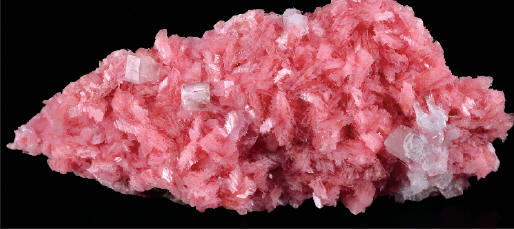
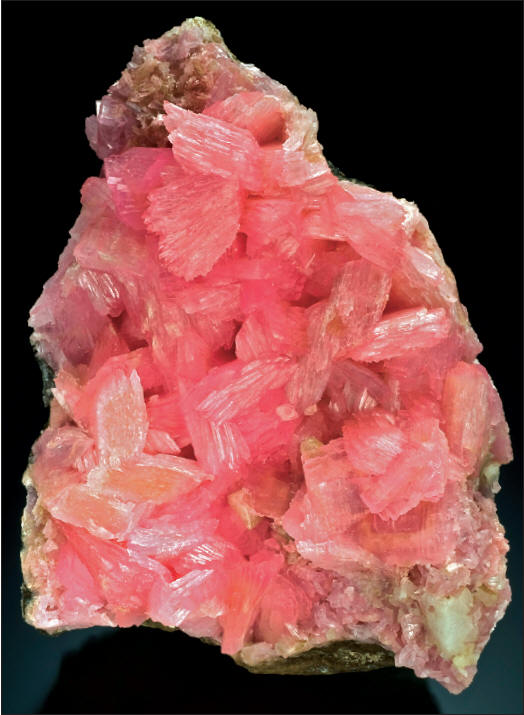
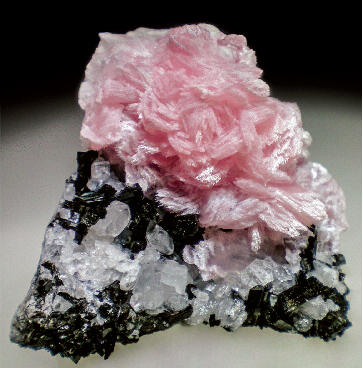
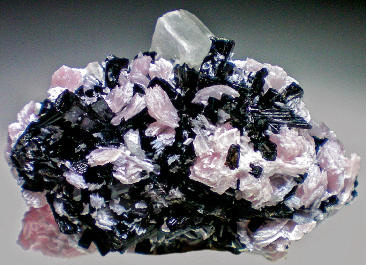
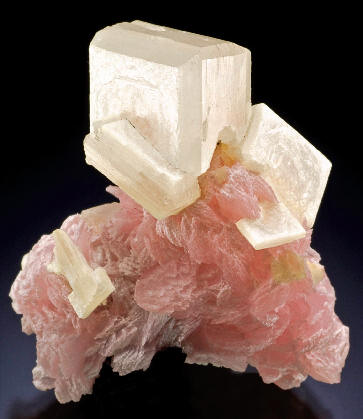
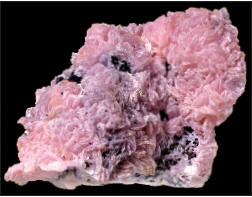
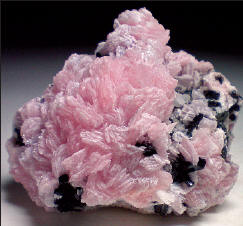
 YueGongAnBei 44051102000467
YueGongAnBei 44051102000467


 |
|